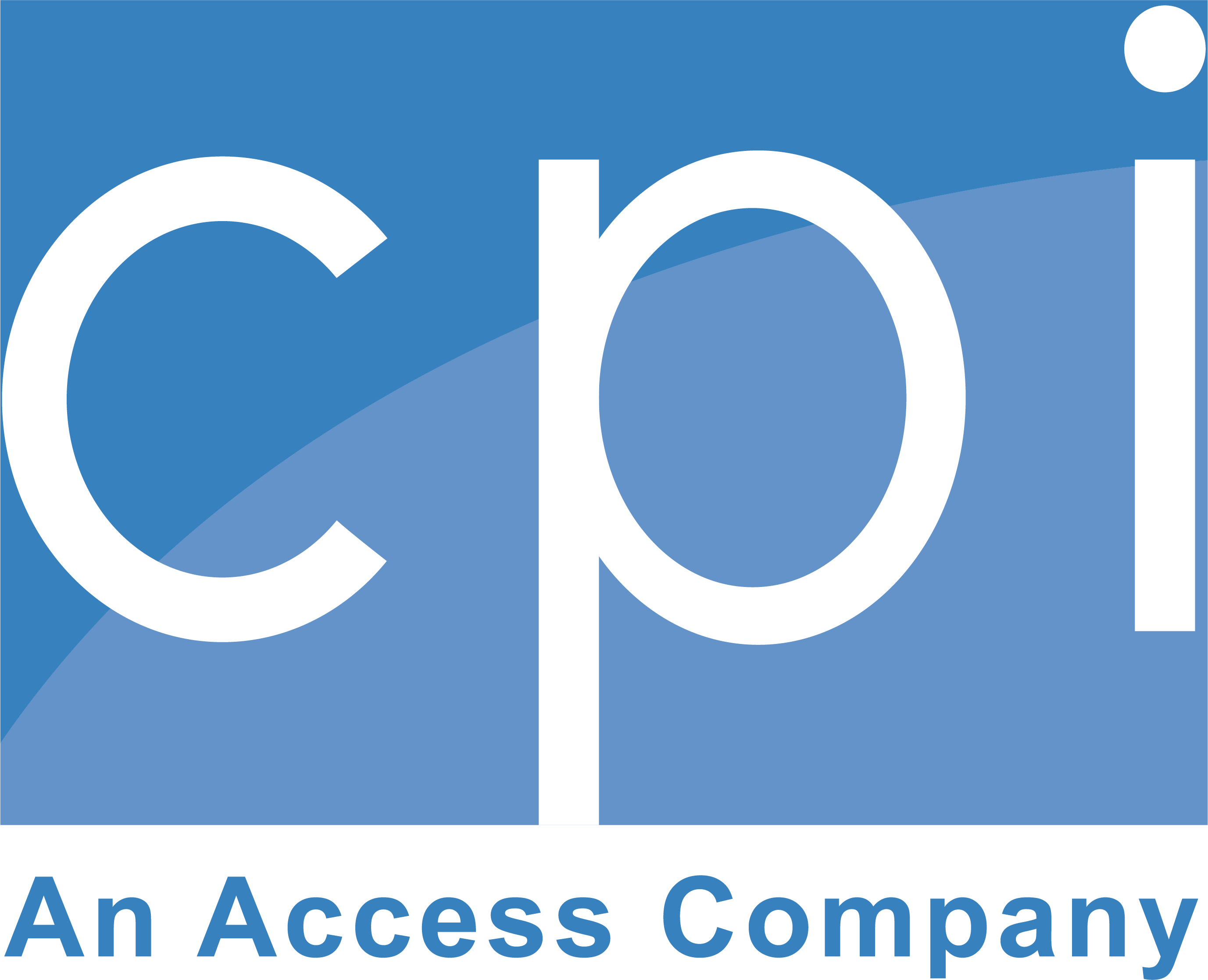As remote and hybrid work become increasingly common realities in our modern workforce, companies are grappling with how best to seamlessly communicate across locations and platforms. Even in traditional office environments, disparate communications channels can make for a messy and inefficient system.
Fortunately, there’s a solution that many companies are embracing: unified communications as a service (UCaaS). If you need a way to streamline your business communications, take a moment to learn more about UCaaS and what it can do for your company.
What is UCaaS?
UCaaS combines various communications channels into a single cloud-based platform your employees can access from anywhere.
Communications have always been a vital part of successful business operations. But communications today can be substantially more complex than the simple on-site systems of the past—especially when it comes to distributed teams. In fact, remote workers identify communication and collaboration as a top challenge.
With more complexity and separation comes the need for a unified communication system. It’s no wonder that UCaaS has grown in popularity, and the market is projected to continue at a compound annual growth rate of 23.6 percent from 2021 to 2028.
To understand UCaaS more fully, we first need to look at what unified communication means. UCaaS brings together a variety of essential communications functions, including:
- Unified messaging
- Mobility
- Instant messaging
- Enterprise telephony
- Business processes
- Meetings, including audio and video conferencing
Another important piece to understand is the service aspect of UCaaS. This unified communications solution operates within the software as a service (SaaS) model—meaning, the infrastructure is owned, operated, and maintained by a provider. Users subscribe to the service and can access their communications from any device through the cloud.
How does UCaaS differ from CCaaS?
You may have heard of a similar communications solution: contact center as a service (CCaaS). Both UCaaS and CCaaS are made to integrate various types of communications, but their applications differ.
CCaaS is focused on improving customer service in a contact center context, while UCaaS is primarily focused on improving internal communication and collaboration within a company. UCaaS systems can certainly work for external communications, as well, but they’re not designed for call center applications where specific features and data recording are necessary.
What value can UCaaS add for companies?
UCaaS offers some important advantages to companies compared to outdated or fragmented communications systems.
Cost savings
You’ll pay a monthly fee for UCaaS software, but in exchange, you can reduce a whole host of costs. For one, if you’re currently paying for a variety of different communications platforms, you can eliminate extraneous sources of costs. You can also eliminate your phone bill and reduce your need for specialized hardware and in-house IT staff.
Efficiency
Unifying your communications within one platform can be a major improvement for many companies that are used to a patchwork of unrelated communications channels. Additionally, you can hand off IT communications complexities to a third-party team—a team that specializes in UCaaS and knows how best to optimize your communications tools and processes.

Flexibility
UCaaS also opens the door to a more flexible approach to communications. You no longer have to be in your office to make a call or check your voicemail, for example. With a cloud-based platform, you can professionally communicate with coworkers or clients from anywhere.
What should you look for in a UCaaS vendor?
While any UCaaS service can be a step up from an outmoded communication system, your company can benefit especially if you choose to work with the right vendor. Look for a UCaaS vendor that offers:
- An intuitive deployment process and onboarding assistance
- Flexible features to fit your needs
- Third-party integrations with applications such as Salesforce, Zendesk, or ServiceNow
- Scalability so you can adapt your UCaaS solution as your company grows
- Security features to protect the integrity of your communications
- A user-friendly interface
- Simplified maintenance with automatic updates
Improve your company’s communications with managed services from CPI.
Would your company benefit from a more streamlined communications solution? At CPI, we provide managed services to help companies effectively manage their communications, documents, IT, and other vital aspects of their businesses. This includes a helpful cloud-based PBX solution for unified communications.
Learn more about how you can improve your company’s communications with this ebook we made with our partners Konica Minolta.
